Artist Sin Wai Kin: ‘Drag gave me the tools to separate what I wanted and what other people wanted’

Roula Khalaf, Editor of the FT, selects her favourite stories in this weekly newsletter.
In 2021, the artist Victoria Sin changed their name. “It really didn’t really suit me anymore,” says Sin (who uses the pronouns they/them). But this was not always the case. In the 2010s, the artist now known as Sin Wai Kin was building a blazing reputation as what they have described as “a blonde bombastic bombshell”. Like a cross between Marilyn Monroe and a scowling drag queen, Sin loaded their slender frame with lashings of fakery from high hair and long eyelashes to heaving latex breasts and padded hips, all vacuum-packed into glittering gowns. Teetering on stripper heels, they would construct a cheese sandwich stage by stage, like a magician performing a trick, over a ridiculous four minutes in front of an audience of late-night club kids, a subcultural rising star.
Now, as a non-binary transgender person and using their Chinese name, the artist has moved beyond the club stage into complex video works where characters float between dream and reality, morphing and blurring as they dissolve society’s binary norms. Sin grew up in Canada, but their father is from Hong Kong where it is still convention to have both a western and a Chinese name. “It seems to much better represent my non-binary self,” they say. “Wai means intelligent and has a feminine ring. Kin means creative and is associated with masculinity and heaven.”
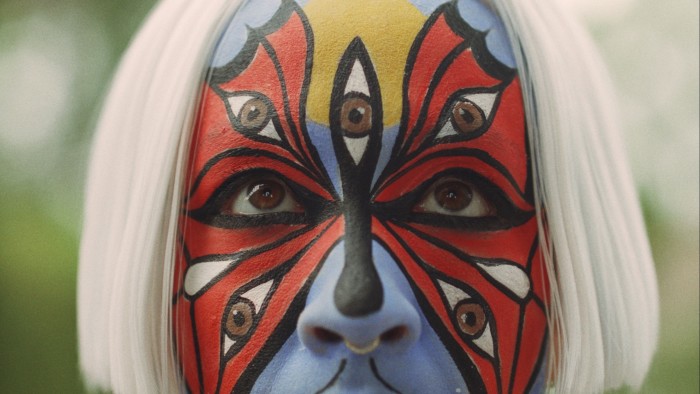
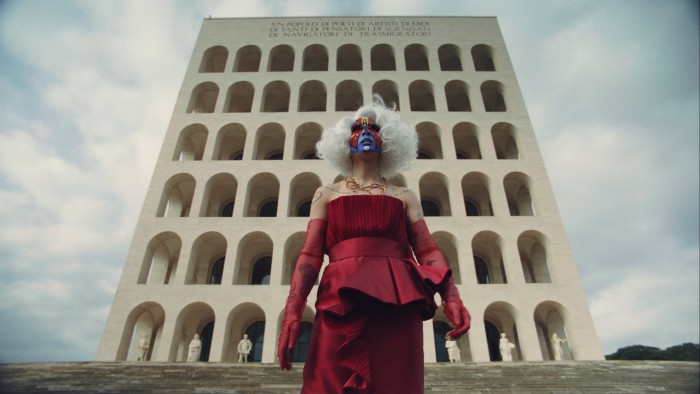
In 2021, their video “A Dream of Wholeness in Parts” was nominated for the Turner Prize in the UK. Currently, a new film, “Dreaming the End”, is showing at the Fondazione Memmo in Rome (to October 29). And their latest work — a series of five near-static video portraits — will be shown in Art Basel on the booth of their London gallery, Soft Opening. “I’ve had an eventful couple of years,” they say. “I wanted to create stillness.”
If Sin’s early acts followed the time-honoured tradition of gender-bending theatre, for the artist it was rather more. “Drag gave me the tools to separate what I wanted and what other people wanted from me,” they say of their examination of exaggerated western femininity. “It allowed me to dismantle 28 years of socialisation in this gendered culture, and made me aware of the complexity of gender and the absurdity of a society that tells you that you are one of two genders when you are born.”
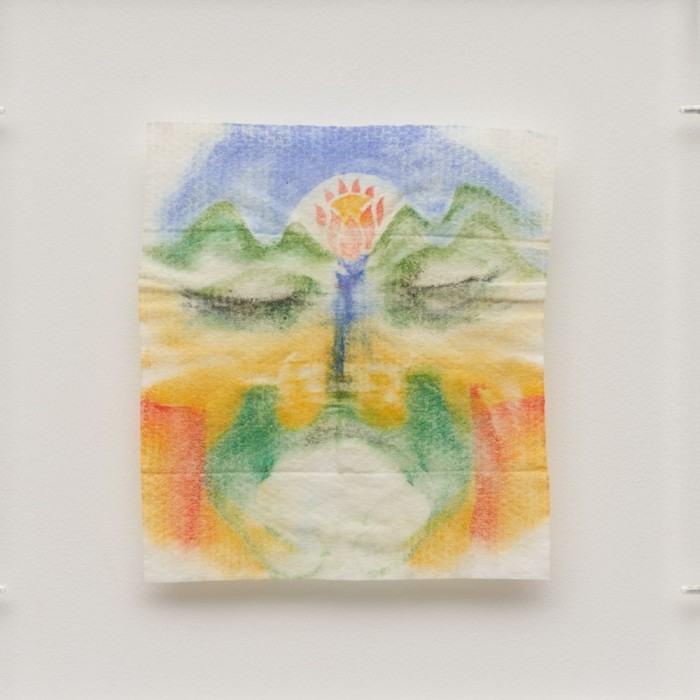

“The first time I did drag, it was alone in my room in 2013,” says Sin when we meet at their studio in London’s Vauxhall. Dressed in multicoloured, graphically patterned cargo pants and a baggy T-shirt, they are focused and poised, with all the stillness of the new portraits. “I started practising meditation in 2019,” they explain. “It’s given me that skill.”
The space, too, is calm and organised, in spite of the rails of exuberant costumes, glittering shoes and brightly coloured wigs on stands. Sin’s research tends to the literary; currently it is Stephen Hawking’s A Brief History of Time. “Much of my work is about dissolution of assumptions around objective truth and reality. Reading about general relativity is aligning a lot with how I’m thinking about things,” they say. A pinboard is covered with typed-out texts from writers including the science fiction authors Octavia Butler and Ursula Le Guin and the feminist social scientist Donna Haraway.
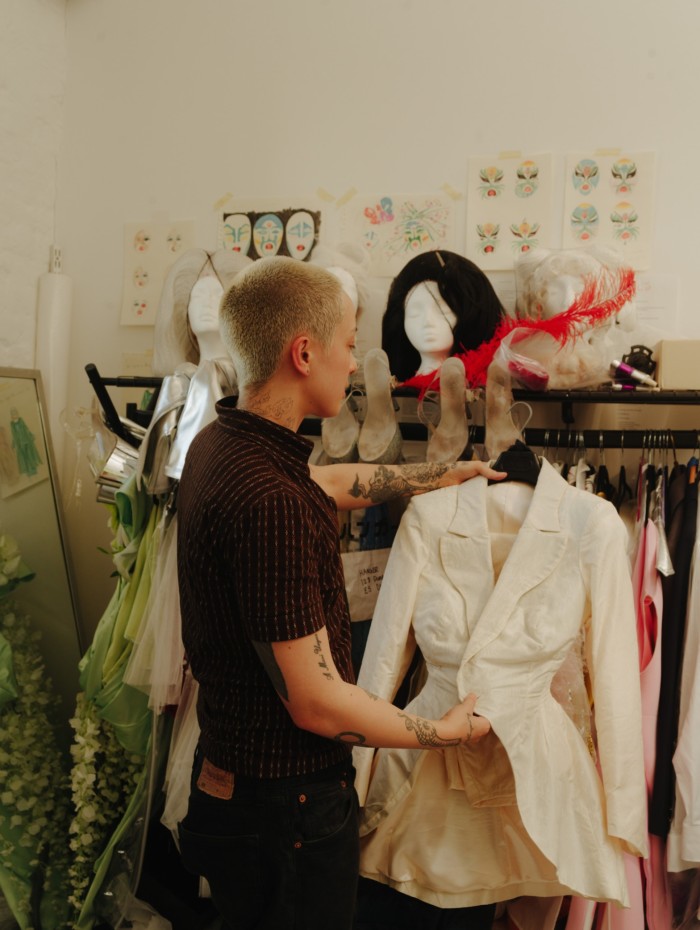
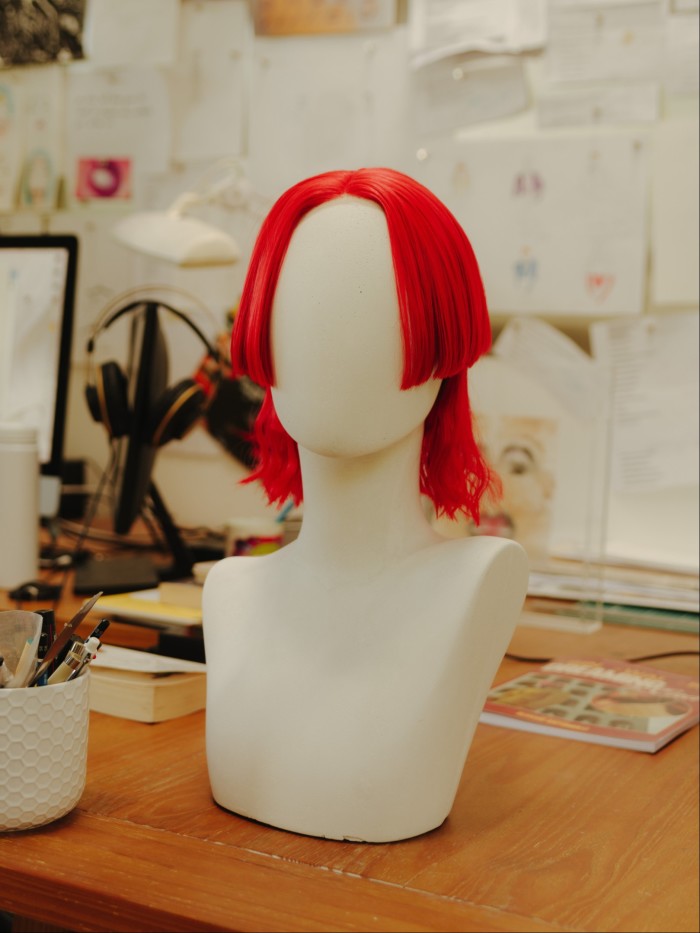
Sin, 32, moved to London aged 18. They have developed their practice with considerable care over a decade, using speculative storytelling to investigate bodily fluidity and the dissolution of binary constructs. It was a research trip to the Octavia Butler archive at the Huntington Library in Los Angeles that reinforced the importance of storytelling as a human technology, to question embedded beliefs. “Butler had a very difficult life and dealt with it in her fiction. She used fantasy to deal with the real,” Sin says.
“A Dream of Wholeness in Parts” was Sin’s first foray into longer-form work. Over its 23 minutes, they borrow from Peking and Cantonese opera, Taoist philosophy and the films of Wong Kar-wai to create a parallel universe in which seven dream sequences play across the screen. It is in the realm of dreams, after all, that societal norms — and physical forms — can be subverted, side-stepped and entirely overthrown. Through two morphing characters, the Storyteller and the Construct, assumptions around gender and power are unravelled in lip-synced speech and physical transformations, their elaborately made-up faces vignetted against the backdrop of Taipei. Botticelli’s Venus informs the final scene. “It’s the idea of the ideal of beauty,” says Sin.
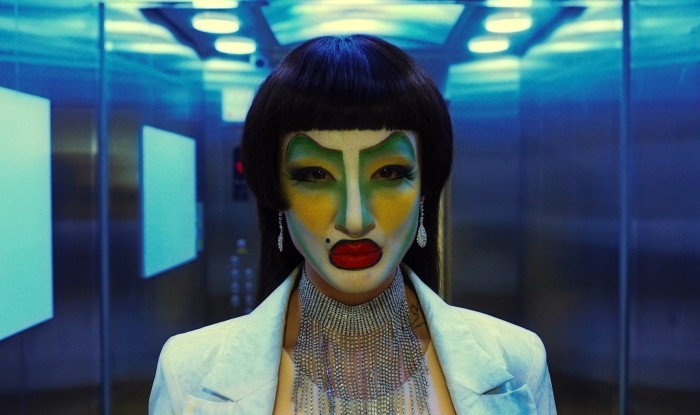
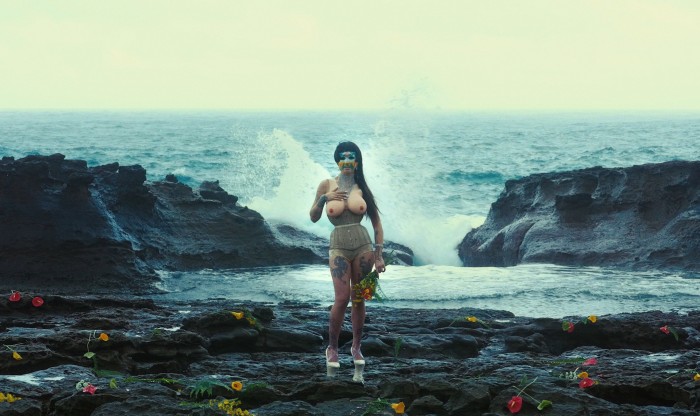
Those same characters — both played by the artist — reappear in the video showing in Rome (until October 29). “Dreaming the End” was filmed over four days in the Italian capital and questions what is real and what is performance, as time, gender and place become slippery and blurred. There is rebirth and transformation; costumes that morph between masculine and feminine; a talking statue of Janus, himself the god of thresholds; and long flights of steps suggesting states of transition.
At Basel, Sin is hanging their quiet videos against thick white velvet curtains — creating both theatrical luxury and a white cube space. Those who know Sin’s work will see familiar characters melding into art-historical poses. One references Caravaggio’s Narcissus, another Frida Kahlo’s 1940 “Self-portrait with Cropped Hair”. In 2020, Sin cut off their hair and had it made into a wig. “It was like saying goodbye to a previous version of myself,” they say. “Once it was something that grew out of my head, and then it became a costume.” Questioning, perhaps, that binary load between the authentic and the performed.
Art Basel runs June 15-18, softopening.london
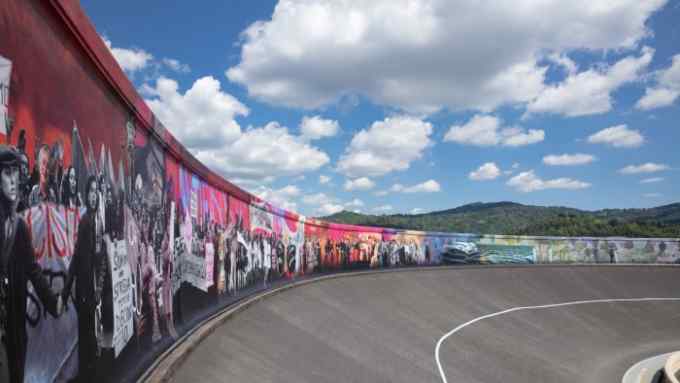
Comments